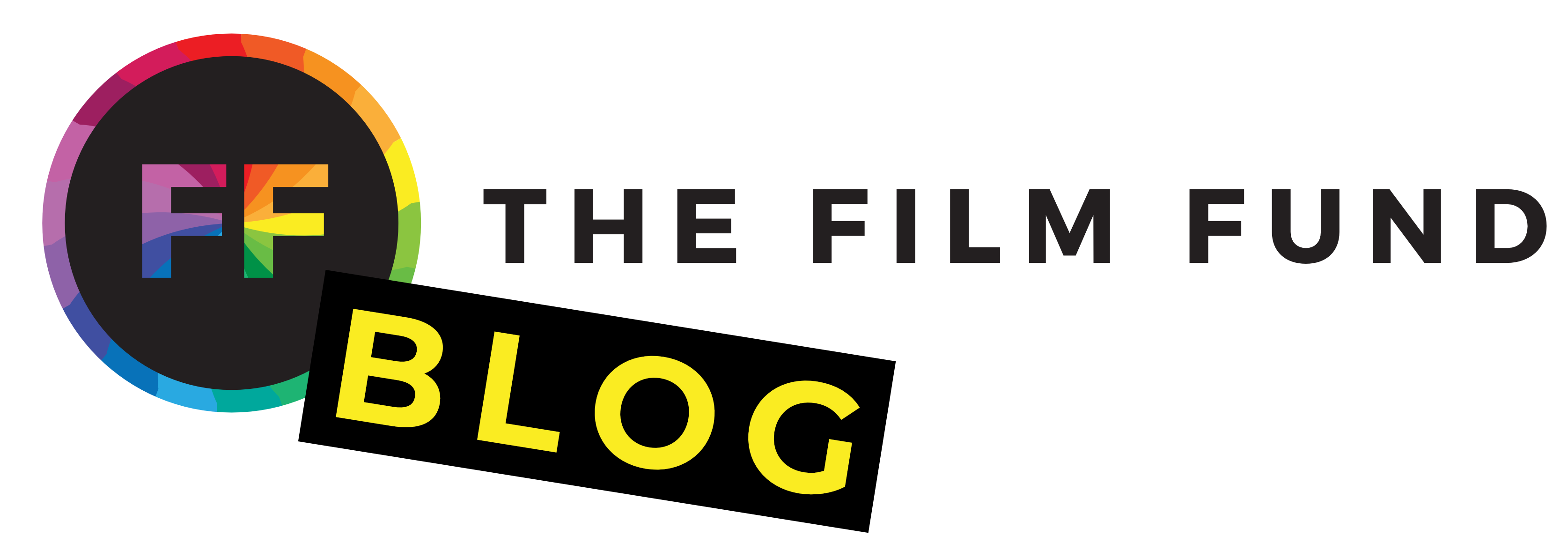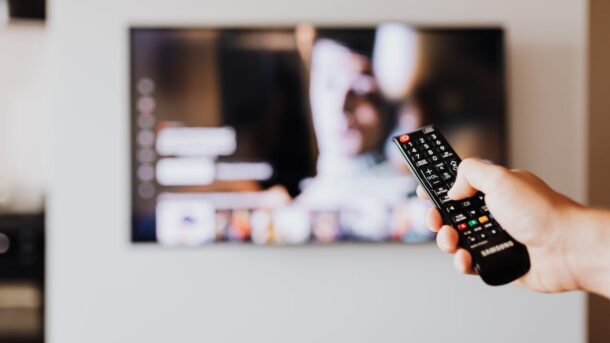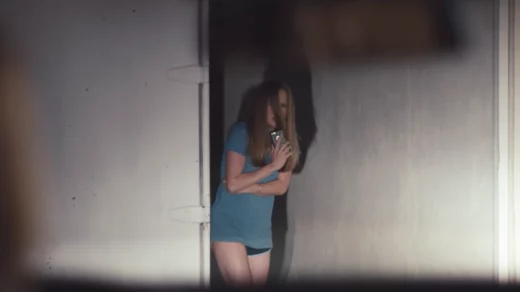Home entertainment has been a constant companion in our lives, evolving from the early days of cathode-ray tube TVs to the digital wonderland we now enjoy. It’s not just about watching movies; it’s about the entire experience, the anticipation of that movie night, and the moments we share with friends and family.
But why should the evolution of home entertainment matter to film enthusiasts and filmmakers? Well, it’s more connected than you might think. The way we consume films has a profound impact on how they’re made, distributed, and experienced. As the film industry continually adapts to the changing landscape of home entertainment, it’s essential to explore how these trends shape the stories we love.
Going forward, we’ll take you on a journey through time, from the early days of bulky tube TVs to the present, where streaming services have become an integral part of our lives. We’ll delve into how these shifts have influenced our relationship with films and discover what exciting possibilities lie ahead in the world of home entertainment.
The Early Days of Home Entertainment
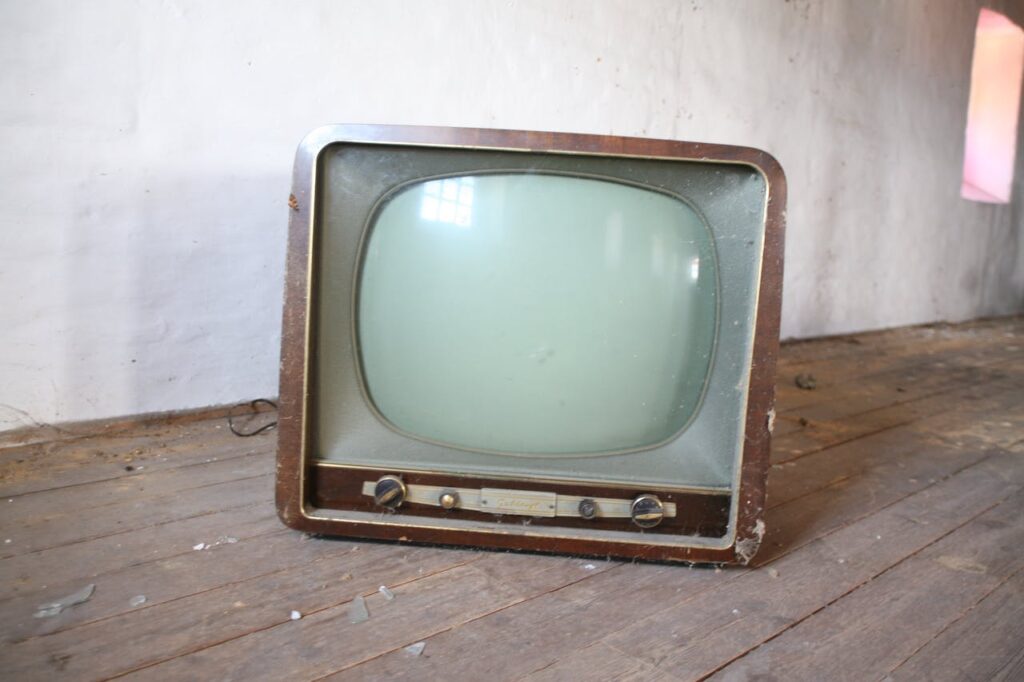
The Rise of the Television Set and its Impact on Family Life
In the mid-20th century, something incredible happened that would forever change the way we consumed entertainment – the advent of the television set. The television was more than just a piece of technology; it was a window to a world of stories, news, and entertainment that you could enjoy from the comfort of your own home. Suddenly, home entertainment wasn’t limited to radio shows or local theaters; it was a vibrant screen in your living room, bringing characters and stories to life.
The arrival of the TV was a game-changer for family life. It became the focal point of many households, bringing family members together to watch their favorite shows and experience the magic of cinema without leaving home. The term “appointment television” was coined as families would gather around the TV at scheduled times to catch their beloved shows. It wasn’t just a piece of electronics; it was a shared experience that strengthened family bonds.
The Influence of Broadcast Television on Film Consumption
Television’s reach extended beyond its role as an entertainer; it profoundly impacted the world of film. For the first time, films could be broadcast into people’s homes, making them more accessible than ever before. Movies were no longer limited to theaters; they could be part of your daily life. The connection between home entertainment and filmmaking began to take shape.
Imagine the excitement of tuning in to a classic movie night on TV. It wasn’t just about the film itself but the entire experience. Broadcast television introduced us to film classics, opening up a whole new world of cinematic wonders. It was a stepping stone towards the immersive home entertainment experiences we enjoy today.
As we reflect on these early days of home entertainment, we can’t help but appreciate the role that television played in shaping our love for film. It was the first chapter in a story of innovation, adaptation, and an ever-growing connection between filmmaking and the way we consume it.
The Video Rental Era
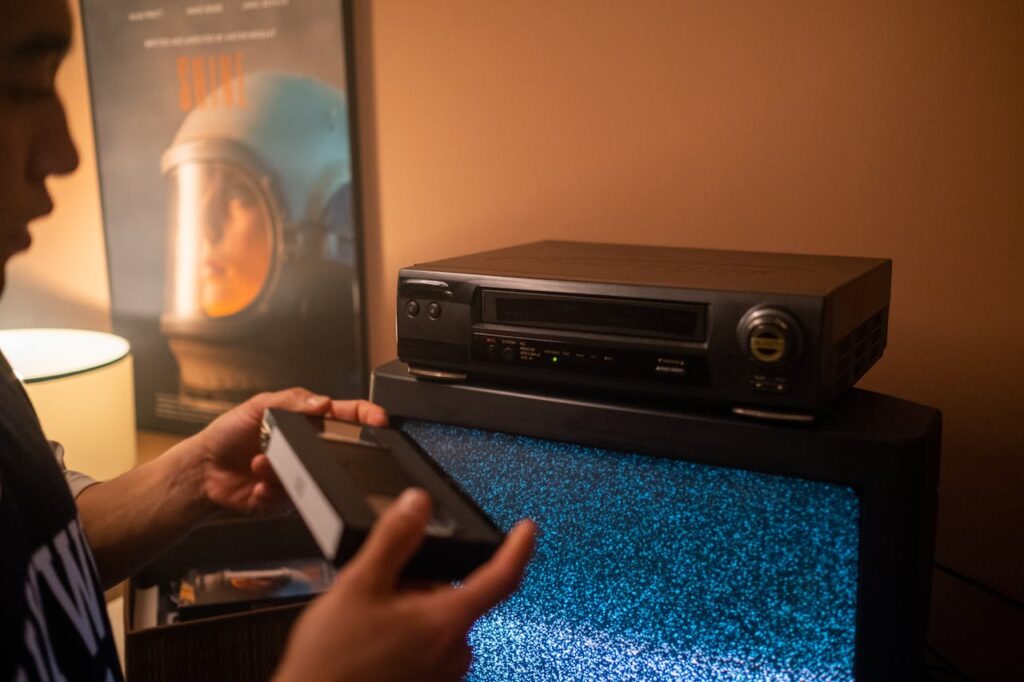
The Birth of VHS and the Video Rental Store Phenomenon
Fast forward to the 1980s, and a new era of home entertainment was born with the introduction of the VHS (Video Home System). VHS tapes brought the magic of movies right into our homes. Families and film enthusiasts flocked to video rental stores like Blockbuster and mom-and-pop shops, where rows of VHS tapes awaited. These stores were more than just retail spaces; they were gateways to an ever-expanding world of films.
The experience of wandering the aisles, browsing the colorful VHS covers, and making a selection became a cherished ritual. It was a social experience where friends and families gathered to choose the perfect movie for their home entertainment night. The era of VHS tapes was a bridge between the big screen and the home screen, making it easier than ever to bring cinematic adventures into our living rooms.
The Impact of VHS on the Accessibility of Films
The VHS revolution democratized home entertainment. Suddenly, people could access a wide variety of films without the need to wait for scheduled TV broadcasts or make a trip to the local cinema. It was a game-changer for film enthusiasts, and it expanded the horizons of filmmakers. Independent and niche films that might not have had a chance in theaters could now find a dedicated audience through video rental stores.
Filmmakers also embraced this new avenue for their work. They had a chance to reach a broader audience, and it was a golden age for cult classics. Iconic films like “Star Wars” and “E.T.” became beloved not just for their stories but for the memories people created around VHS viewings.
The home entertainment landscape had evolved once again, from television sets to VHS tapes, offering more choices and convenience than ever before. This era of VHS tapes and video rental stores laid the groundwork for the digital future we now enjoy. It was a time of connection and community, where the love for film continued to grow.
The Digital Revolution

Introduction of DVDs and the Shift from VHS to Digital Formats
As the 20th century came to a close, a new chapter in the story of home entertainment was written. The introduction of DVDs marked a significant leap forward from the bulky VHS tapes. DVDs brought better video quality, compact storage, and bonus features that transformed our home movie nights. They were a revelation, and it seemed like the perfect format for film lovers.
Gone were the days of rewinding tapes and dealing with worn-out VHS cassettes. DVDs were durable, easy to navigate, and delivered crisp video and audio. The transition from VHS to digital formats not only made home entertainment more convenient but also improved the overall quality of our film-watching experiences.
The Convenience and Quality of Digital Home Entertainment
The digital revolution didn’t stop at DVDs. Soon, we witnessed the emergence of high-definition video, which revolutionized the picture of films. Gone were the days of standard definition; we could now enjoy a vast library of movies and TV shows at home with stunning quality. Before we knew it, HD flat-screen TVs became a ubiquitous part of the living room.
Home entertainment was no longer limited to fuzzy, subpar picture quality. And the introduction of the Blu-Ray player made high-definition available for physical media as well. We could watch what we wanted, when we wanted, all in glorious HD. And the backward compatibility of the Blu-Ray player cemented them as the next step in home entertainment after DVDs.
The shift to digital formats didn’t just transform how we watched films; it changed the entire industry. Filmmakers began considering digital distribution as a viable option, leading to the rise of independent and low-budget films that could reach global audiences. The digital revolution opened a new era of home entertainment, one that prioritized convenience and choice. It was a leap forward that reshaped the way we interacted with film. But the story doesn’t end here.
Streaming Services Take Center Stage
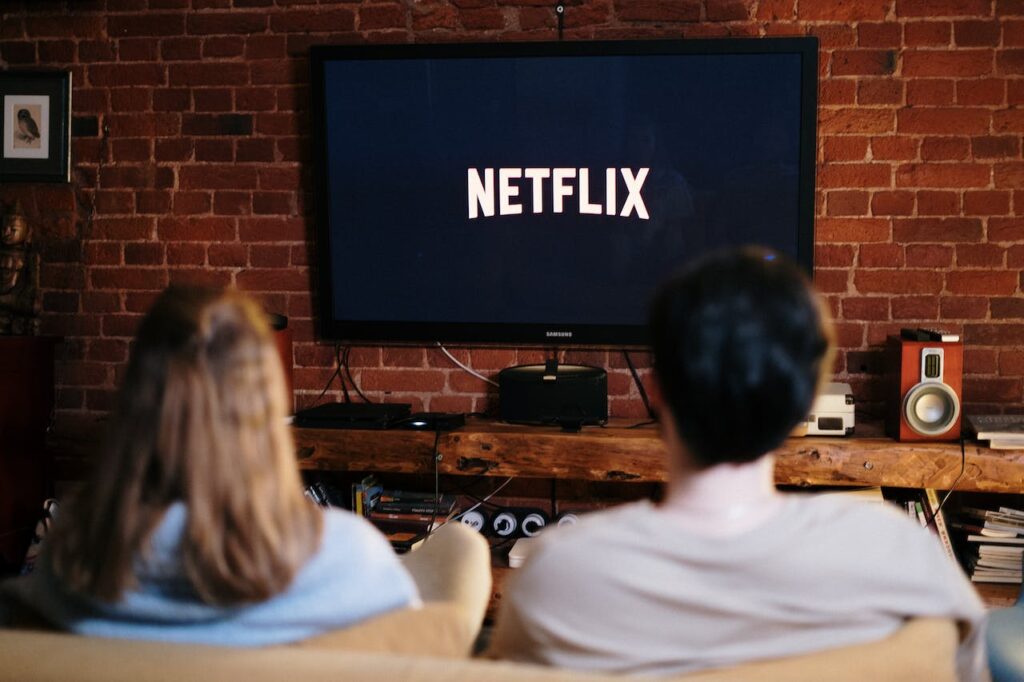
The Emergence of Streaming Platforms and Their Impact on the Industry
In the last decade, home entertainment has undergone a seismic shift with the meteoric rise of streaming services. Platforms like Netflix, Hulu, Disney+, and Amazon Prime Video have become household names, redefining how we consume movies and TV shows. These platforms gave us access to an unprecedented wealth of content, and they’re often at the heart of our modern home entertainment experience.
Streaming services brought a treasure trove of options to our screens. No more waiting for specific showtimes or searching for elusive DVDs; we could now watch what we wanted, when we wanted. This shift democratized film access, giving us the power to curate our own cinematic adventures.
How Streaming Has Changed the Way We Watch and Access Films
Streaming services didn’t just offer convenience; they transformed the way we watched films. With recommendations based on our viewing history, auto-play features, and multi-device compatibility, they catered to our evolving needs and habits. It was no longer just about watching films; it was about personalizing our home entertainment experiences.
The binge-watching phenomenon became the norm, allowing us to dive deep into series or revisit our favorite films without interruption. It’s not uncommon for friends and family to engage in lively discussions about the latest Netflix hit or Disney+ sensation, creating a sense of community and connection that transcends physical boundaries.
In the fast-paced world of home entertainment, streaming services have taken center stage. They’ve enriched our lives with an array of content, introduced us to new genres, and given filmmakers exciting opportunities to create innovative and diverse stories. The influence of streaming is undeniable, but it’s not the final chapter in our journey through the evolution of home entertainment.
The Possible Futures of Home Entertainment
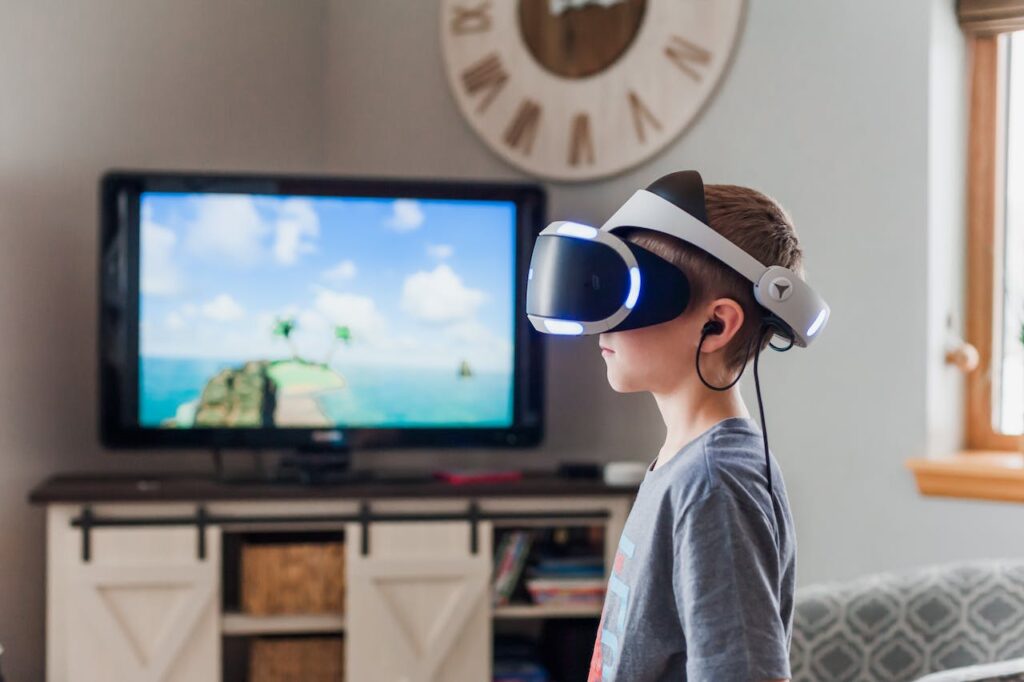
Exploring Emerging Technologies like Virtual Reality and Augmented Reality
The world of home entertainment is on the cusp of a thrilling transformation, thanks to emerging technologies like virtual reality (VR) and augmented reality (AR). Imagine donning a VR headset to step right into your favorite movie’s world or experiencing an AR-enhanced interactive film right in your living room. These technologies promise immersive experiences that could redefine how we engage with films.
Virtual reality offers the potential to transport you into the heart of the action, allowing you to explore film settings and stories in a whole new way. On the other hand, augmented reality can blend the real world with digital elements, creating interactive and personalized experiences. It’s an exciting frontier that could open up a world of possibilities for home entertainment.
How AI and Personalization will Shape the Future of Film Consumption
Artificial intelligence (AI) is another key player in the future of home entertainment. AI algorithms are becoming increasingly sophisticated at understanding our viewing preferences, which means more tailored recommendations and a more personalized home entertainment experience. It’s like having your own film curator, offering you precisely what you’re in the mood for.
AI-driven personalization doesn’t stop at recommendations. It can also enhance the viewing experience by automatically adjusting settings based on your preferences. Imagine a world where your TV knows your favorite color scheme or sound profile and adapts the film accordingly. It’s about making home entertainment more intuitive and enjoyable.
As we peer into the potential futures of home entertainment, we’re met with a sense of wonder and possibility. The worlds of VR, AR, and AI are paving the way for a more immersive, personalized, and interactive cinematic experience. The home entertainment of tomorrow might be unrecognizable from today, but it’s a journey filled with endless opportunities and excitement for film lovers and creators alike.
To Bring It All Together…
Our story began with the humble television, a box of dreams that found its place in the heart of every home, and it transformed the way we experienced stories together as families. Then, VHS tapes and video rental stores took us on a new adventure, bringing the joy of films closer to our fingertips.
The digital revolution arrived with DVDs and later streaming services, offering convenience, quality, and a vast array of choices, revolutionizing how we engage with cinema. And here we are, in the age of streaming, where every film is just a click away, and we have the power to shape our cinematic experiences.
But the story doesn’t end here. The future of home entertainment is a realm of endless possibilities. Emerging technologies like virtual reality and augmented reality are reshaping the way we experience films, blurring the lines between reality and fantasy. And artificial intelligence is crafting a personalized, curated movie night for each of us.
It’s a thrilling time to be a film enthusiast, with home entertainment evolving as a canvas for endless creativity and connection. The enduring bond between filmmaking and the way we watch films in the comfort of our homes remains unbreakable, as it adapts to the ever-changing landscape.
Lastly, if you’re an up-and-coming filmmaker looking to get your short film off of the ground, enter our film funding contest. Send us a one-sentence explanation of your short film and you could win up to $10,000 in funding for your production. Head to our sign-up page to learn more and enter now!
